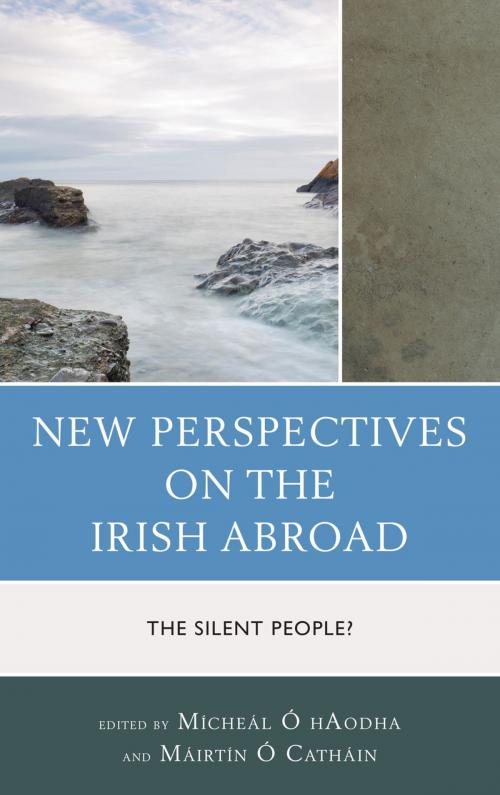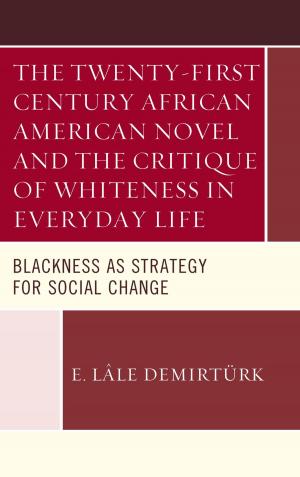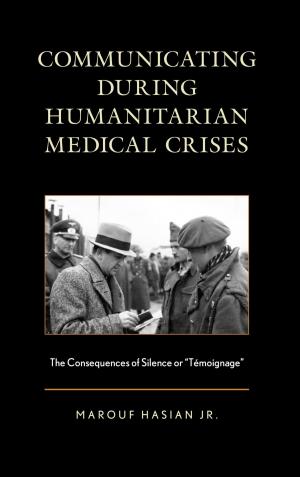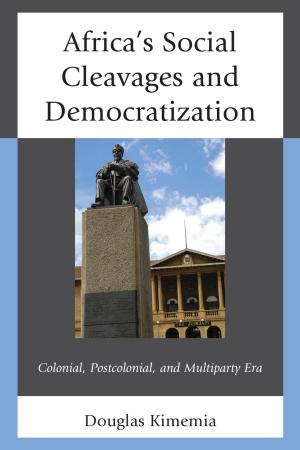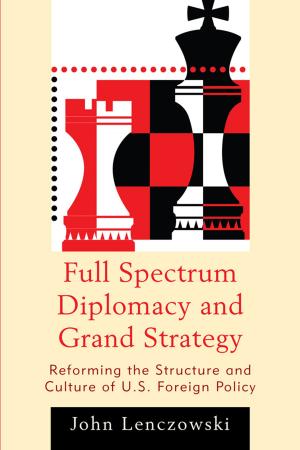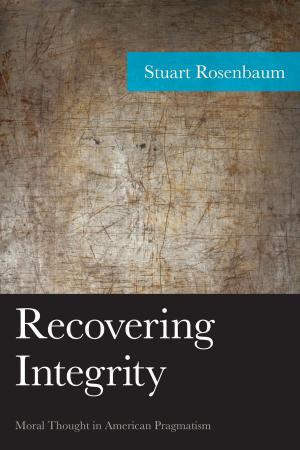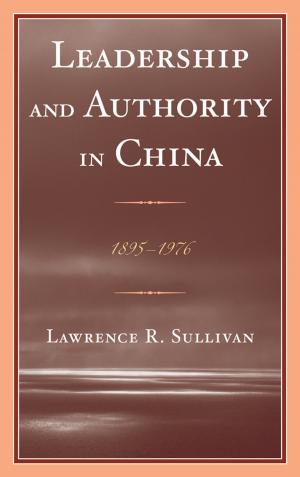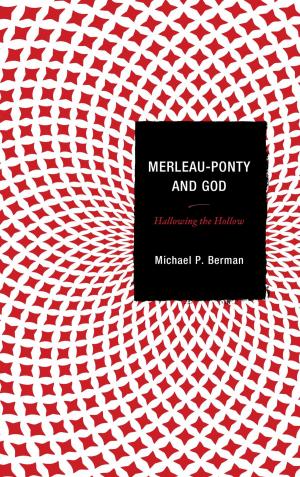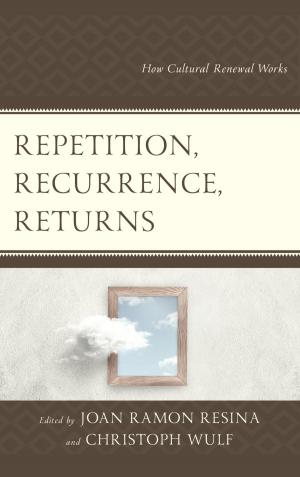New Perspectives on the Irish Abroad
The Silent People?
Fiction & Literature, Literary Theory & Criticism, British, Nonfiction, History, European General| Author: | Barry Crosbie, Jason R. Myers, Paul Darby, Bernadette Sweeney, Gráinne O’Keeffe-Vigneron, Stephen Moore, Sarah O'Brien, Bill Tobin, Juan José Delaney, David Convery | ISBN: | 9780739183724 |
| Publisher: | Lexington Books | Publication: | March 25, 2014 |
| Imprint: | Lexington Books | Language: | English |
| Author: | Barry Crosbie, Jason R. Myers, Paul Darby, Bernadette Sweeney, Gráinne O’Keeffe-Vigneron, Stephen Moore, Sarah O'Brien, Bill Tobin, Juan José Delaney, David Convery |
| ISBN: | 9780739183724 |
| Publisher: | Lexington Books |
| Publication: | March 25, 2014 |
| Imprint: | Lexington Books |
| Language: | English |
The relationship between Ireland and the diversity of its diasporas has always been complex and multi-layered, but it is not until recently that this reality has really been acknowledged in the public sphere and indeed, amongst the scholarly community generally. This reality is partly a consequence of both “push-and-pull” factors and the relatively late arrival of globalization trends to the island of Ireland itself, situated as it is on the Atlantic seaboard between Europe and the US. Ireland is changing however, some would say at an unprecedented speed as compared with many of its neighbours, and the sense of Irish identity and connection to the home country is changing too. What is the relationship of Ireland and the Irish with its diaspora communities and how is this articulated? The voices who speak in New Perspectives on the Irish Abroad: The Silent People?, edited by Mícheál Ó hAodha and Máirtín Ó Catháin,“talk back” to Ireland and Ireland talks to them, and it is in telling that we see a new story, an emerging discourse—the narratives of the “hidden” Irish, the migrant Irish, the diaspora whose voices and refrains were hitherto neglected or subject to silence.
The relationship between Ireland and the diversity of its diasporas has always been complex and multi-layered, but it is not until recently that this reality has really been acknowledged in the public sphere and indeed, amongst the scholarly community generally. This reality is partly a consequence of both “push-and-pull” factors and the relatively late arrival of globalization trends to the island of Ireland itself, situated as it is on the Atlantic seaboard between Europe and the US. Ireland is changing however, some would say at an unprecedented speed as compared with many of its neighbours, and the sense of Irish identity and connection to the home country is changing too. What is the relationship of Ireland and the Irish with its diaspora communities and how is this articulated? The voices who speak in New Perspectives on the Irish Abroad: The Silent People?, edited by Mícheál Ó hAodha and Máirtín Ó Catháin,“talk back” to Ireland and Ireland talks to them, and it is in telling that we see a new story, an emerging discourse—the narratives of the “hidden” Irish, the migrant Irish, the diaspora whose voices and refrains were hitherto neglected or subject to silence.
